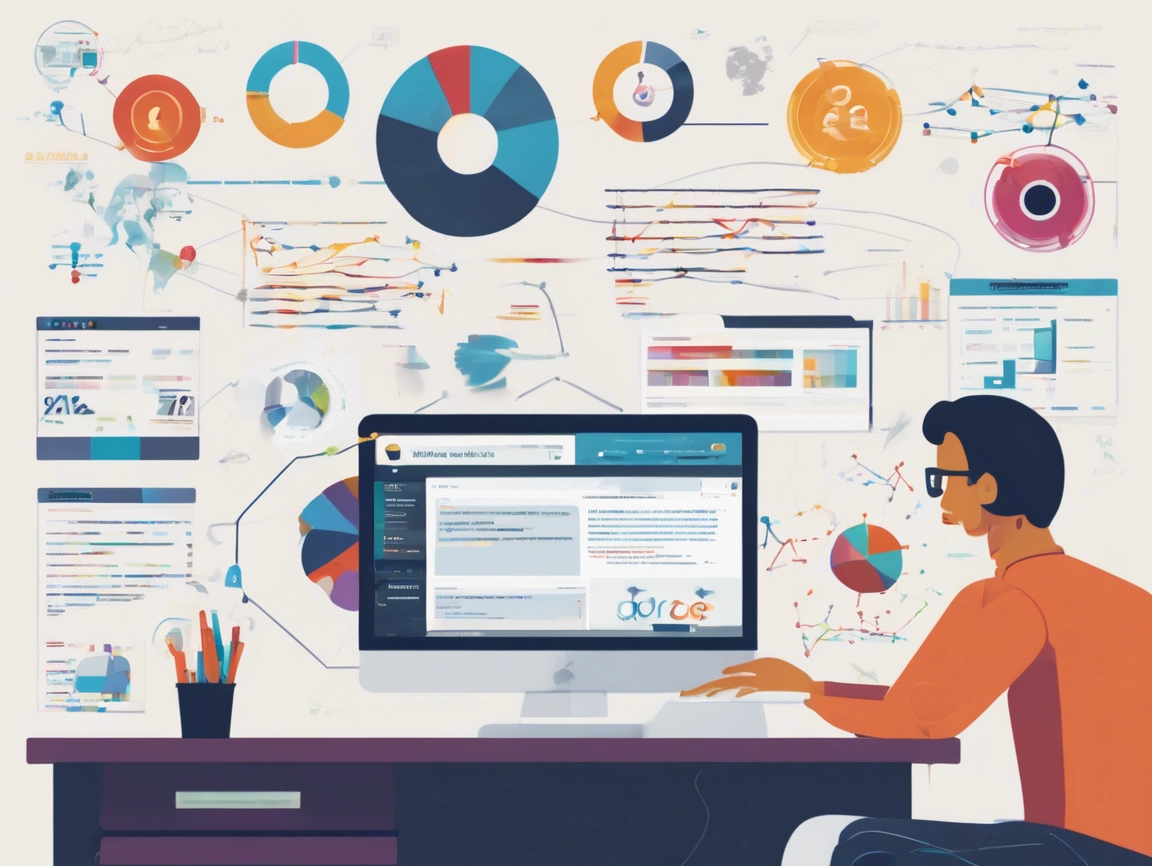The promise of automation is plastered everywhere on software websites. It is being sold as the solution to take businesses to their next level.
I often imagine this scenario…
My clients are off to vacation on a tropical island, with copious amounts of margaritas, dipping their feet in the sand, and watch the sales roll in.
All they need to do is “CONNECT” the tool and everything will be done for them. That’s the miracle that software vendors are promising businesses every day.
Everything will be autonomous and your dream will come true in the future. But until then, you are not off the hook.
Complete automation is simply untrue, inaccurate, and someone deceptive.
You cannot completely automate your marketing
There are parts of your business that can be automated like optimization, bids, content distribution, media buying arbitrage, triggers, chat bots, automated emails, etc.
However, if you take a step back, the things you can automate require heavy lifting setting things up before you can set it on monitored automation.
It’s true. AI is coming very close to automating a lot of marketing tasks, but you not come across a system that can read your mind to define your business’ objectives — at least not yet.
Website Tracking and Pixels
By far, one of the most important aspect of your eCommerce business is precise collection of website activity.
Yes, software can diagnose and debug pixel errors. And it can pinpoint exactly what you need to fix. But you’ll still need human intervention.
Additionally, software can pass around every data point now and track your website visitor’s behavior to the tee. It can even auto-generate reports, warnings, and alerts when something goes wrong.
But complete automation requires software and companies to talk to one another — in the API sense. And that’s goes into the territory of privacy concerns and security vulnerabilities.
Many SaaS companies are doing an extraordinary job filling this gap. It’s a ginormous business opportunity worth tens of billions of dollars — so everyone wants a nice yummy slice of it.
But until you can complete the loop of connecting the dots between software and business ecosystems, there’s still a significant human expertise that’s required to put things together.
Empathy and grace
Software is based on rules and triggers. Automation is governed by a strict set of either conditional or binary rule set(s).
But how do you get a software to truly empathize with your customers? That’s impossible. Human emotions cannot be automated — we were not created to be replaced by robots entirely.
And extending grace to your customers and co-workers is another irreplaceable trait. Imagine this scenario…
You
Software cannot build a complete site layout
Tools can automatically replace elements on your website.
Dynamic personalization has been around for many years.
Marketers and software vendors have concluded that personalization and proven that it does increase revenue and customer loyalty.
But you’ll still need resource expertise in UX/UI, web developers, database engineers, etc. to build the backend and frontend before any automation can take place.
You cannot automate creating content
There’s software now that can help you create interesting marketing videos, images, and even copy writing.
But software cannot create your company’s business purpose, tagline, brand stories, and brand guidelines.
These are all elements that still, and probably require human touch for years to come.
But only you make authentic content and interact with your customers in a personal way.
Forget the collages, the funny memes, and crazy cat videos — yes, those type of content might get you millions of views. But they won’t connect with your customers to build a real brand.
Targeting cannot be fully automated
I have to admit. Programmatic audience targeting has come a very long way.
Software can create audiences, lookalike targets, find interest keywords, and deliver ads based on customer behavior.
Here’s one thing software cannot determine for you — why your business exist and what you must do to delight your customer segment.
Software can do a lot when it comes to putting your ads in front of the right customers at the right time on the right device.
AI is getting much closer to full automation
I’m a huge fan of marketing automation, AI, and the future that software intelligence can offer marketers.
But I am not ready to yield over customer interactions completely over to robots. Software will never have emotions, empathy, kindness, compassion, or any other human instincts.
In order to accomplish complete “automation,” to work, we need people, process, and platform working together to make our businesses thrive.
A dysfunctional organization cannot be saved by software
Companies like to think that software and automation can solve their problems, boost sales, and magically connect the dots. But that’s not how it works.
Investors and VCs are smart people. They understand that companies are overwhelmed and seek the silver bullet to simplify their jobs.
I have seen companies spend millions of dollars on software and ended throwing money away because they went for the shiny object before figuring out the problem.
Conclusion
Software and automation can complement, augment, and amplify your business if it’s integrated into the process.
Any tool is only as good as the person using it.




